Museum of San Marco
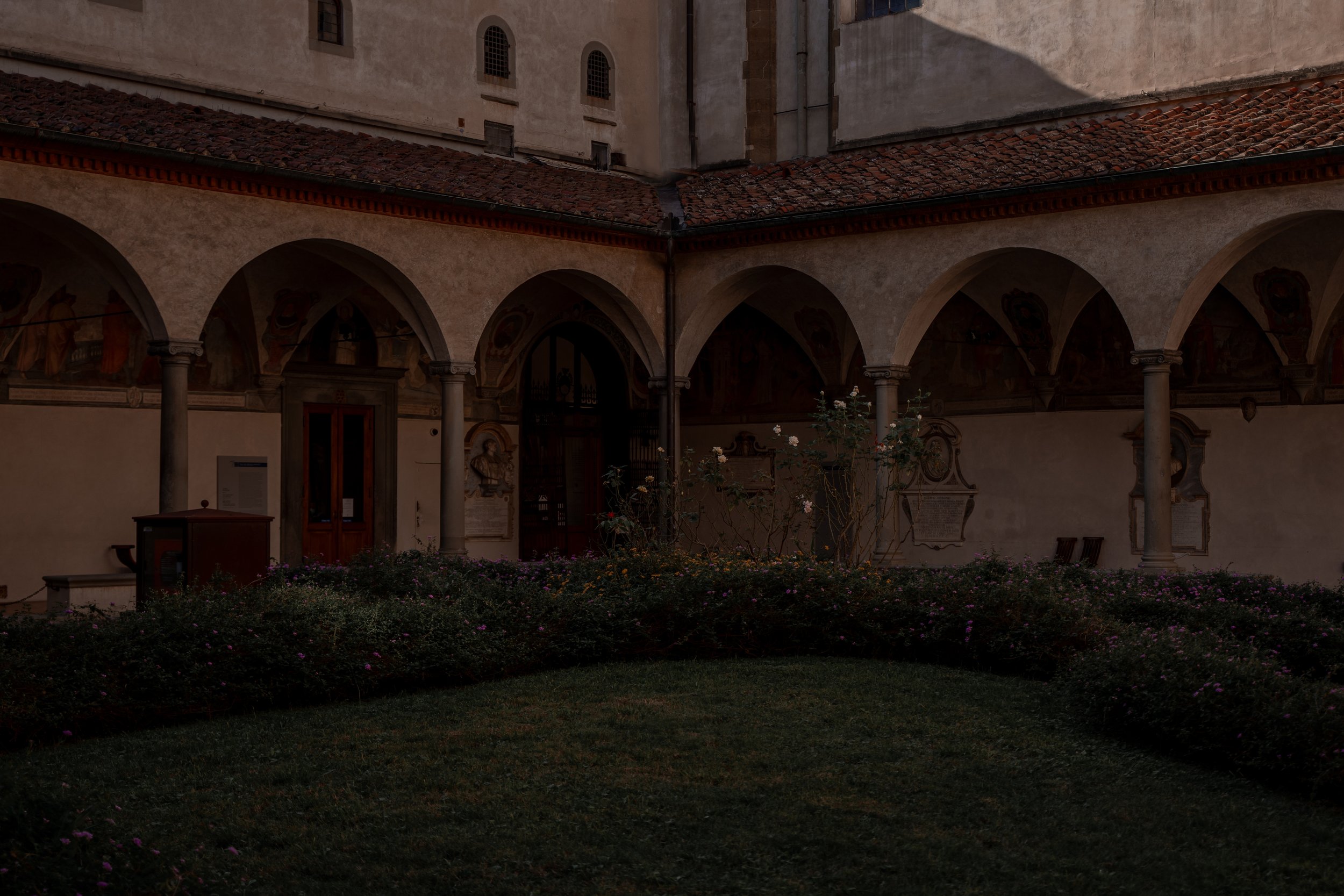
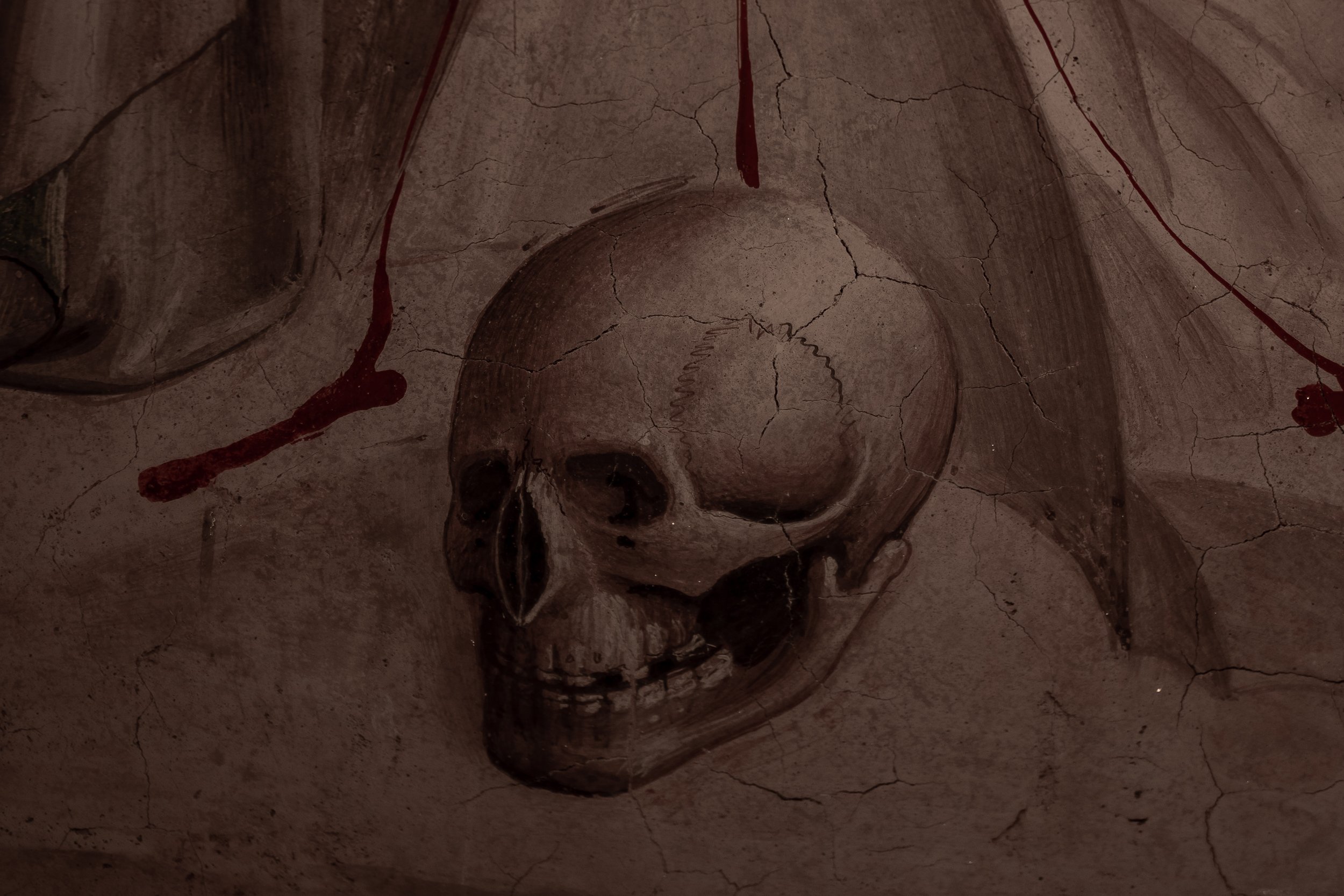
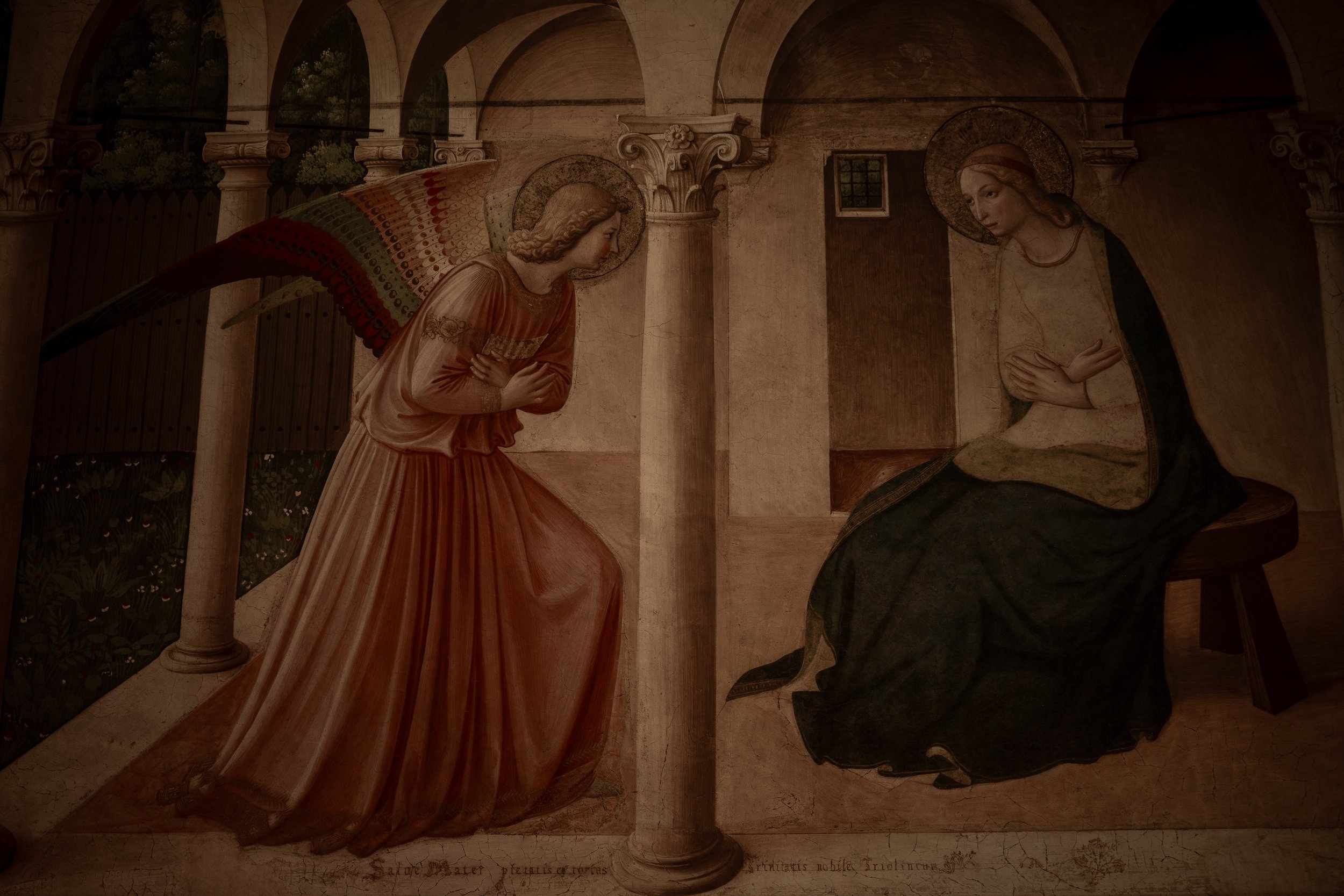
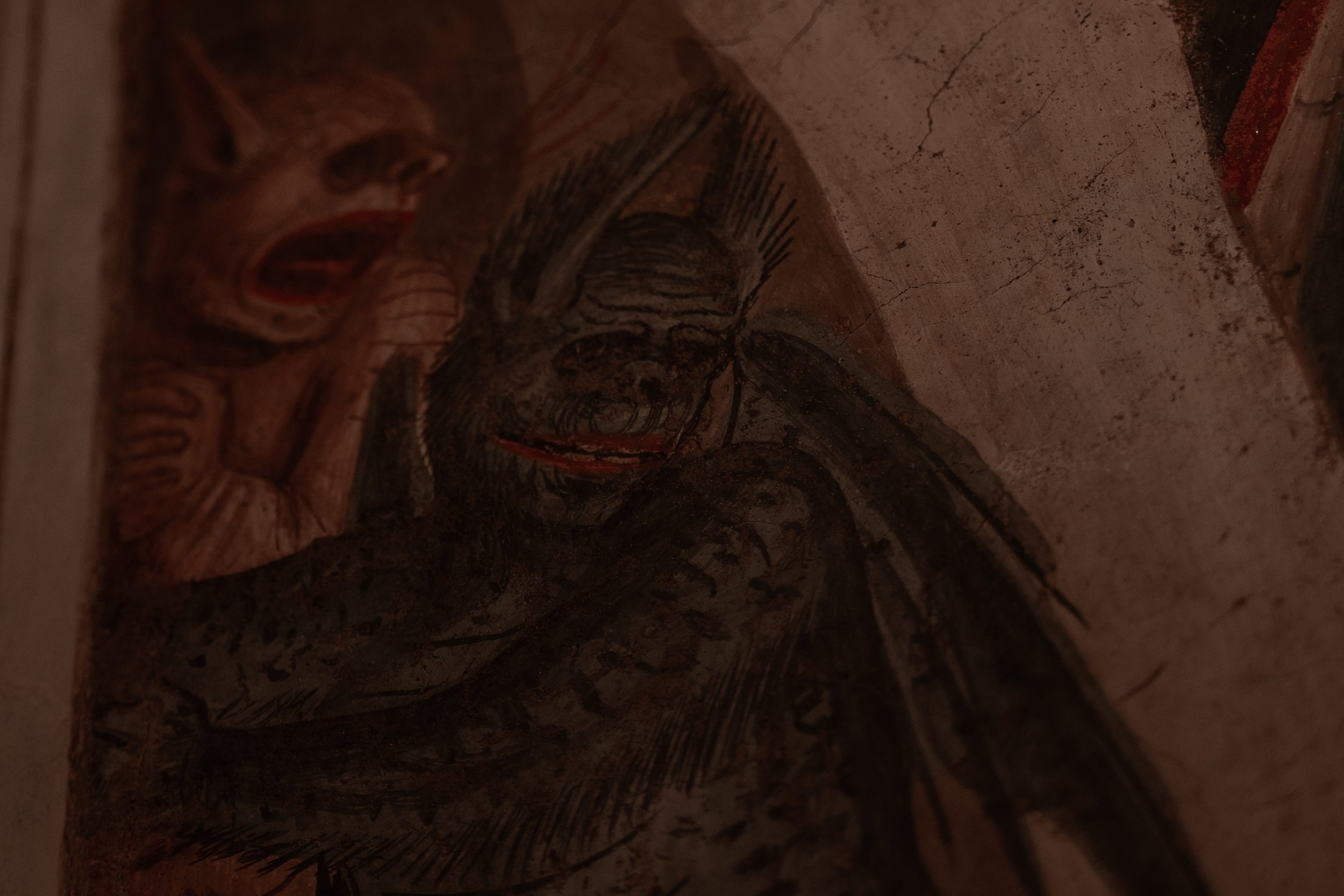
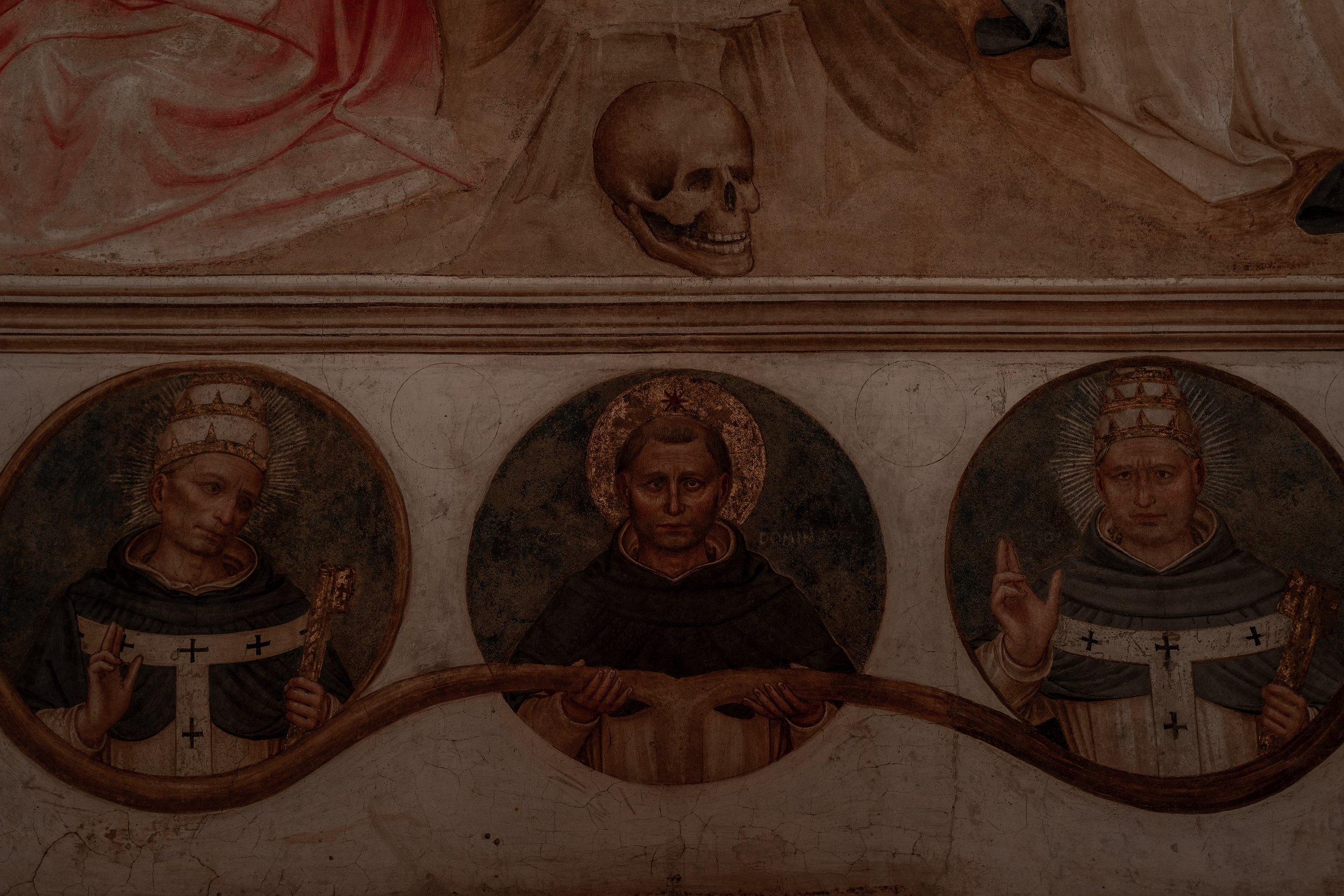
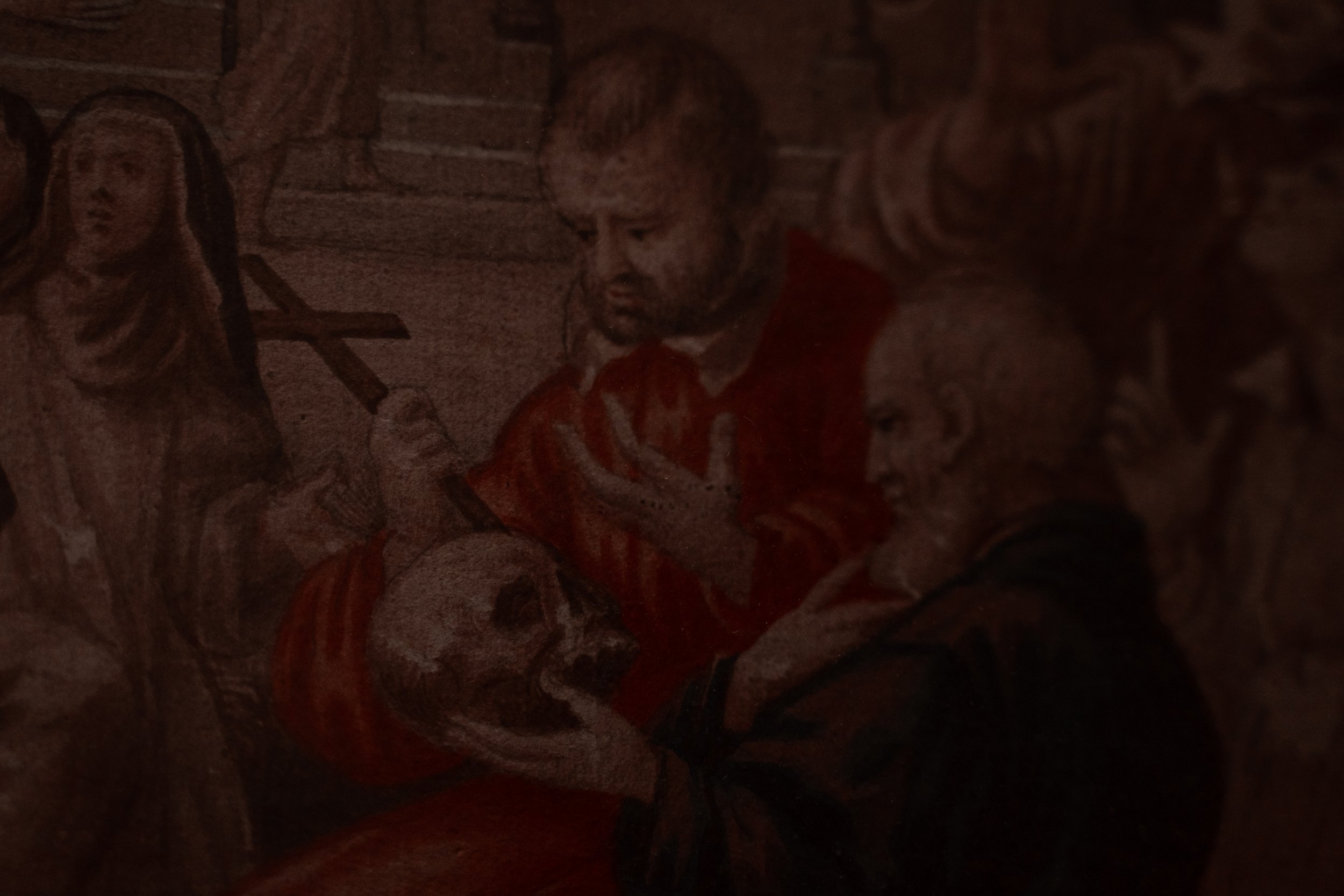
The Museum of San Marco showcases the wonderfully preserved 15th century Dominican convent, which was founded in 1436 and designed by the architect Michelozzo by appointment of Cosimo the Elder de’ Medici. Positioned next to the San Marco church, the former complex was a very important site for religious activities with great figures such as Archbishop St Antoninus, Fra' Angelico and Girolamo Savonarola, all living and working here.
Upon entering one will experience the enchanting cloister as it expresses the simplicity of monastic life with its peace and tranquillity. From the cloister you can access the different parts of the museum including the chapter house, refectory, last supper hall, library and the brothers’ rooms.
The Dominican monk Fra' Angelico (who later became the friar of the convent) painted many of the eye-catching frescoes which can still be seen today. On the upper floor you will uncover the friars’ small austere dormitories, for the purpose of prayer and meditation, with each decorated by a fantastic fresco. I’d recommend a quick look into all the rooms as each offers a surprising piece of art. Numerous works depict Christ’s crucifixion and if you look closely many have a painted skull at the bottom depicting various cultural associations.
At the top of the stairs, you will be greeted by Fra Angelico’s iconic version of the Annunciation, which was one of the first Renaissance works to provide spatial awareness and perspective to the iconic religious scene depicting the archangel Gabriel visiting the Virgin Mary.
Continue through into the library to view the rich collection of precious manuscripts which were once owned by the Medici family. Lorenzo the Magnificent helped to grow the library’s collection and many manuscripts in theology and philosophy can be admired as well as illustrated choir books, all of which are displayed within illuminated cabinets. As you enter the room, look out for one of the books on the left which features a skeleton etched onto one of its pages.
Take your time to immerse yourself in the other rooms of the museum which are literally frozen in time and where you will find more divine artworks and a superb scene of the Last Supper by Domenico Ghirlandiaio.
Adjacent to the museum is the Basilica of San Marco, which I would highly recommend visiting too. Here you can see the Salviati Chapel dedicated to St Antoninus where the mummified relic of his body lays in a glass coffin beneath the altar. Interestingly St. Antoninus had to be forced by the Pope (against his wishes) to become Archbishop of Florence and even when he accepted this position, he still lived like a monk harbouring very few personal possessions.
Address: Piazza San Marco, 3, 50121
